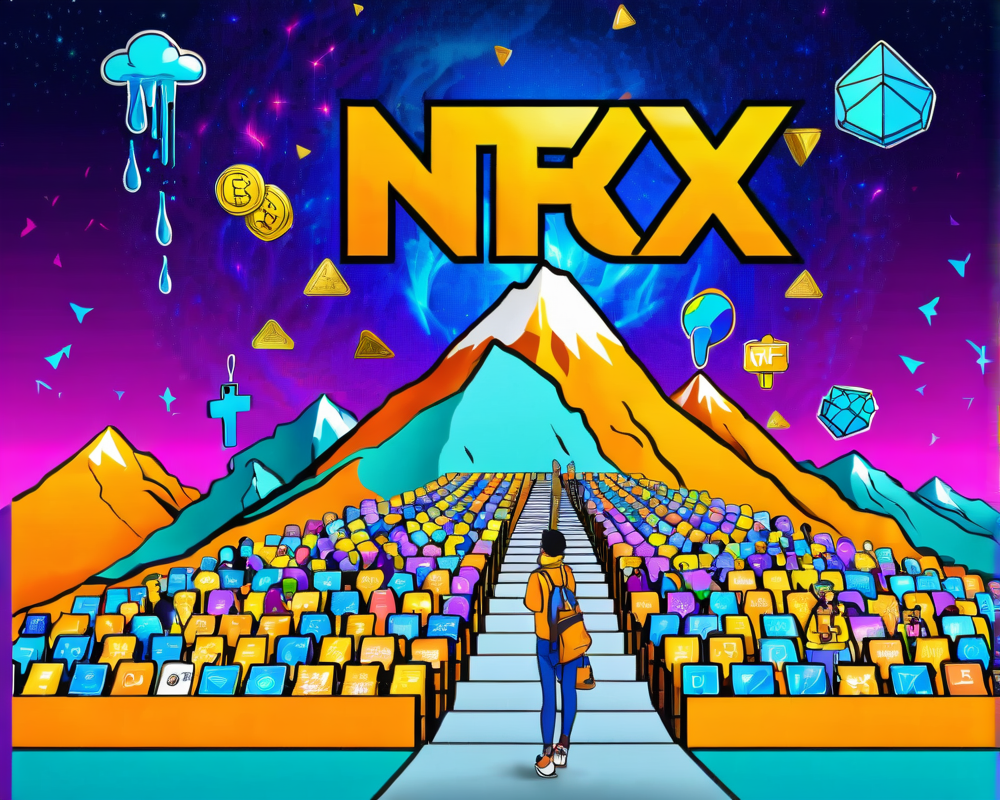Confusion Surrounding Fork Timing
Bitcoin SV (BSV) made headlines today as it increased its block size limit, but not without a bit of mix-up regarding the timing of the fork. A tweet from BitMEX Research suggested it was going down at 2 p.m. UTC, while the Bitcoin Association’s website claimed it was scheduled for 1 p.m. GMT (which is 1 p.m. UTC—so, someone needs a better watch!). This discrepancy stems from the network’s upgrade code itself, which defined the fork to occur at the earlier time. Talk about a scheduling conflict!
Tracking the Fork Implementation
In the spirit of transparency (and perhaps a bit of excitement), BitMEX closely monitored the fork’s progress. They kept the public in the loop regarding the status of two nodes connected to BSV, showcasing the stats on their ForkMonitor website. Out of those two nodes, only one successfully updated. Imagine showing up to the party and finding that one of your friends didn’t get the memo on the new attire!
The Successful Block Size Increase
Shortly after the fork time of 2 p.m. UTC, Bitcoin SV did something notable! It mined a block that surpassed the previous block size limit of 128 megabytes. The lucky number was 145.7 megabytes, confirming that the fork went off without a hitch (well, mostly—there was a benign chain split). The node that lagged behind in updates ultimately fell out of sync with the rest of the blockchain. It’s like they didn’t know they were in a race!
Market Movements: Not So Sunny
Despite this technical success, Bitcoin SV isn’t having the best day overall. As of the latest reports from Coin360, BSV is feeling the pinch, losing over 3% in value in the last 24 hours. It looks like the market is continuing its downward trend. Perhaps investors are wondering if BSV can lift their spirits after this upgrade!
Strange Usage Patterns
Interestingly, back in June, Cointelegraph highlighted that over 98% of BSV transactions over a 30-day span were attributed to data being written from a weather app. Who knew that weather updates could be driving such a significant amount of blockchain transactions? It’s a sunny reminder that sometimes the most mundane applications can utilize even the most cutting-edge technology!




